The Idea
What is it about?
Automated electric vehicles will be a key element to manage challenges, which emerge from increasing needs of mobility and urbanization. They will create the basis for a sustainable and intelligent road traffic, new mobility and transport concepts as well as improvements of traffic safety and quality of life in urban areas.
![[Foto: Prof. Dr. Lutz Eckstein]](/images/personen/eckstein-lutz-200x200.jpg)
Prof. Dr. Lutz Eckstein
RWTH Aachen University - ika
„In UNICARagil, we succeeded for the first time in combining the research-strongest German universities in automated and electric driving as well as selected, highly innovative companies in one project consortium. With the support of the BMBF, we want to make a significant and sustainable contribution to ensuring that future generations of automobiles in Germany will also be born."
2018 – 2023
15 Chairs at
8 Universities
In the UNICARagil project, fully driverless electric vehicles will be developed based on the latest results of research into automated and connected driving and electric mobility. The basis for this is a vehicle concept, which is made up of an add-on Modules and platform. It should be able to fit flexibly to a wide range of different applications in logistics and passenger transport - especially in scenarios in which the use of driverless, emission-free vehicles makes sense.
![[Bild: UNICAR<em>agil</em> Autos]](/images/medien/bilder/Familie/UNICAR_Familie.webp)
8 Industrial Partners, including 4 KMU
Rd. 32 MIO. €
BMBF funding
The main element of the research and development work is the functional vehicle architecture, which is connected with the cloud, the road infrastructure and a sensor drone. Further main focuses are the development of generically designed sensor modules for environment perception, a flexibly extendable and updatable software and hardware architecture as well as highly agile wheel drives. They allow completely new movement forms in traffic and make UNICARagil vehicles particularly agil. The demonstration of four different applications on test fields in Germany completes the project.
![[Bild: UNICAR<em>agil</em> Timeline]](/images/timeline-en.svg)
Four Vehicles
fully automated
and driverless
Because of the funding from the Federal Ministry of Education and Research with over € 32 million Euros, eight of Germany's leading universities in the field of automated driving incorporat with eight eight selected companies from industry to conform to the project’s goals.
The project started in March 2018 and received a great response from the public as well as press. In the following five years, 258 partial work packages will be processed to develop and construct four fully automated and driverless vehicles and their innovative architectures.
![[Foto: Timo Woopen]](/images/personen/woopen-timo-2-200x200.jpg)
Timo Woopen
RWTH Aachen University - ika
„UNICARagil is unique! More than 100 scientists from 23 different partners are working together on one mission: Creating tomorrow's mobility. Thanks to the support of the BMBF, for the first time the most diverse research areas can work cooperationally and highly agile on new concepts for automated and electric driving. I am happy to be a part of this unique team!“
UNICARagil is supported in the research focus “Disruptive Fahrzeugkonzepte für die autonome elektrische Mobilität (Auto-Dis)“ in the program „Mikroelektronik aus Deutschland – Innovationstreiber der Digitalisierung“. It is the aim to promote innovations for the fully automated driving of the future (Stage 5) that can exceed the evolutionary further development of automobility:
"Disruptive" vehicle concepts that combine the latest technologies in the fields of electrification and automation and can create the basis for intelligent mobility, more sharing, innovative business models and services are at the centre of attention.
The project offers the opportunity for a wide range of innovations in the components and systems for automated electric vehicles as well as the implementation of automated driving functions. UNICARagil makes a substantial contribution to increasing Germany's innovative power in automated electric driving. Furthermore, interdisciplinary research, development and teaching at several research locations in Germany will be integrated and intensified in the project.
Main Focus
User Centricity
User Centricity
A user-oriented implementation of innovative technologies puts people at the center of the development of future mobility systems.
People’s needs are the main motivation of the UNICARagil vehicles. This is achieved by a user-centric vehicle development including user surveys (needs/demand analysis), expert and subject studies (co-creation) as well as virtual validation.
From app-based mobile booking to disembarking after the ride - an end-to-end digital interaction concept creates a convenient user experience and allows customers to devote themselves to other activities during the ride. The inclusive overall concept enables everyone to participate in the automated mobility of the future.
Modularization
Modularization
Consequent modularization creates flexibility in the application of automated vehicles.
Based on a modular structural kit, vehicles can be realized for a wide range of use cases - e.g. for local public transport, mobility-on-demand, freight transport or personal individual mobility. The sensor modules developed for environment detection can be flexibly equipped with or without redundancy as required. Software modules can be flexibly exchanged and updated thanks to the Automotive Service-oriented Software Architecture.
Consequent separation of automation functions, e.g. motion planning and control, enables the vehicle to be controlled by various services - such as a teleoperator in the control room or the Safe Halt fallback level.
The integration of drive, steering and chassis into a 48-V-based dynamics module enables disruptive vehicle designs as well as easy maintenance and updateability.
Electronic Architectures
Electronic Architectures
Innovative hardware architectures in the electronic system enable implementation of efficient and safe control units.
Inspired by the human nervous system, a bionic E/E architecture is being developed in which software modules can be distributed according to requirements to the control units called cerebrum, brain stem and spinal cord - both specially developed embedded systems as well as high-performance computers. This allows the fulfillment of different needs for real-time capability, computing power and security, distinguishing UNICARagil from other players relying on a central computing unit.
The control units communicate with each other via a common Ethernet network, which is the basis for the widespread use of a service-oriented software architecture. In addition, the chosen four-zone architecture ensures high availability of the power and communication connections of all hardware components, so that safe operation of the vehicles is always possible.
Automotive SOA
Automotive Service-oriented Software Architecture (ASOA)
The Automotive Service-oriented Software Architecture (ASOA) creates the basis for updateable software in the electronics system for automated driving.
The Automotive Service-oriented Software Architecture (ASOA) creates the basis for updateable software in the electronics system for automated driving. An increasing complexity of the software implemented in automated vehicles requires the possibility to easily exchange and update software components. The ASOA implements a modular software concept that enables the execution of software services in a distributed system on heterogeneous computing units - embedded systems as well as high-performance computers. For example, teleoperation by the control room requires a different service composition than regular automated operation. The required reconfiguration of the software during operation is possible with the ASOA. This also enables easy extension and adaptation for future purposes.
Control Room & Cloud
Control Room & Cloud
Cooperative and collective functions in the cloud support vehicle automation. Monitoring by the control room ensures constant availability.
Passenger confidence in the driverless vehicles must be guaranteed at all times. For this reason, the service personnel in the control room are available around the clock. If necessary, the vehicle can be brought to a halt at a safe location at any time and vehicle control can be taken over by a teleoperator. This ensures constant availability and extends the vehicles' area of operation.
Shared environment perception in the cloud enables cooperation between the automated vehicles. The Info Bee, a sensor-carrying drone, provides additional information from the air when it is needed. This allows a virtual foresight. We want our vehicles to get better and better: A collective collection of data in the cloud can be used to continuously analyze and improve algorithms.
Safety & Security by Design
Safety & Security by Design
Safety & Security by Design: Consistent safety orientation from idea to release
A system-wide safety and security concept for the vehicles is developed and implemented in hardware and software. Innovative and central components are self-awareness, which continuously determines the capabilities of the vehicles, and the fallback level "Safe Halt", which brings vehicles safely to a standstill even in the event of defects and thus replaces a human fallback instance. The modular safety assurance enables subsystems to be released independently of the overall system, thus facilitating the replacement and improvement of individual modules. This is supplemented by the qualification of suitable operating environments on the basis of a requirements-based categorization of route sections. Finally, state-of-the-art realization of the core components of the IT and onboard energy network as well as the diverse and redundant environment sensors are part of the safety and security concept.
The Concept
THE INFO-BEE
Drones are used in the UNICARagil project as flying sensor platforms to supplement the external vehicle environment model. An essential prerequisite for behavior planning of autonomous vehicles is the knowledge of the vehicle environment and a prediction of the expected behavior of other road users in the vicinity. The dynamic model of the vehicle environment is composed from information acquired by vehicle sensors, digital maps and other data sources. The vehicle can then base its behavioral decisions on this overall picture.
In addition to the vehicles own sensors, UNICARagil will use external sensors to compose the environment model. These sensors can be mounted on buildings, infrastructure and also on flying drones. One advantage of the birds eye view of the flying sensor platform lies in its ability to capture situations which might be hidden from a ground based sensor. Also, a drone can act completely independent from the ground vehicles and thus can collect information e.g. about obstacles early in advance before a ground vehicle reaches the obstacle.
![[Foto: Norbert Siepenkötter]](/images/personen/siepenkoetter-norbert-200x200.jpg)
Norbert Siepenkötter
RWTH Aachen University - FSD
„The view of the vehicle's own sensors is limited to the ground perspective. External sensors, e.g. installed on buildings, can provide valuable additional information. Furthermore, the highly automatic aircraft, which are developed in UNICAR agil, allow a targeted and demand-driven "view from above" at practically any location.“
In order to meet the demand for vertical take-off and landing capability combined with a long range, the drone is based on a tilt-wing system. This flight system, which in normal flight acts like a classic aircraft can vertically start and land by tilting the wing and the attached motors. The entire flight including data acquisition of the drone is automated and monitored from a ground station. All collected data is automatically processed and stored in a cloud that is also part of the UNICARagil project.

![[Image: UNICARagil User Centricity]](/images/kerninnovationen/uncr-nutzerorientierung.png)
![[Image: UNICARagil Modularization]](/images/kerninnovationen/uncr-modularisierung.png)
![[Image: UNICARagil Electronic Architectures]](/images/kerninnovationen/uncr-elektronik-architekturen.png)
































![[Image: UNICARagil Automotive Service-oriented Software Architecture]](/images/kerninnovationen/uncr-automotive-soa.png)
![[Image: UNICARagil Control Room & Cloud]](/images/kerninnovationen/uncr-leitwarte-cloud.png)
![[Image: UNICARagil Safety & Security by Design]](/images/kerninnovationen/uncr-safety-security.jpg)
![[Foto: Michael Struth]](/images/personen/struth-michael-200x200.jpg)
![[Foto: David Merdivan]](/images/personen/merdivan-david-200x200.jpg)
![[Foto: Torben Böddeker]](/images/personen/boeddeker-torben-200x200.jpg)
![[Foto: Michael Buchholz]](/images/personen/buchholz-michael-200x200.jpg)
![[Foto: Frank Diermeyer]](/images/personen/diermeyer-frank-200x200.jpg)
![[Foto: Bastian Lampe]](/images/personen/lampe-bastian-200x200.jpg)
![[Foto: Bassam Alrifaee]](/images/personen/Alrifaee_Bassam_200x200.jpg) Bassam Alrifaee
Bassam Alrifaee![[Foto: Torben Stolte]](/images/personen/stolte-torben-200x200.jpg)
![[Sketch: autoTAXI]](/images/prototypes/2020-05_auto-taxi.jpg)
![[Logo: autoTAXI]](/images/prototypes/logo-auto-taxi.svg)
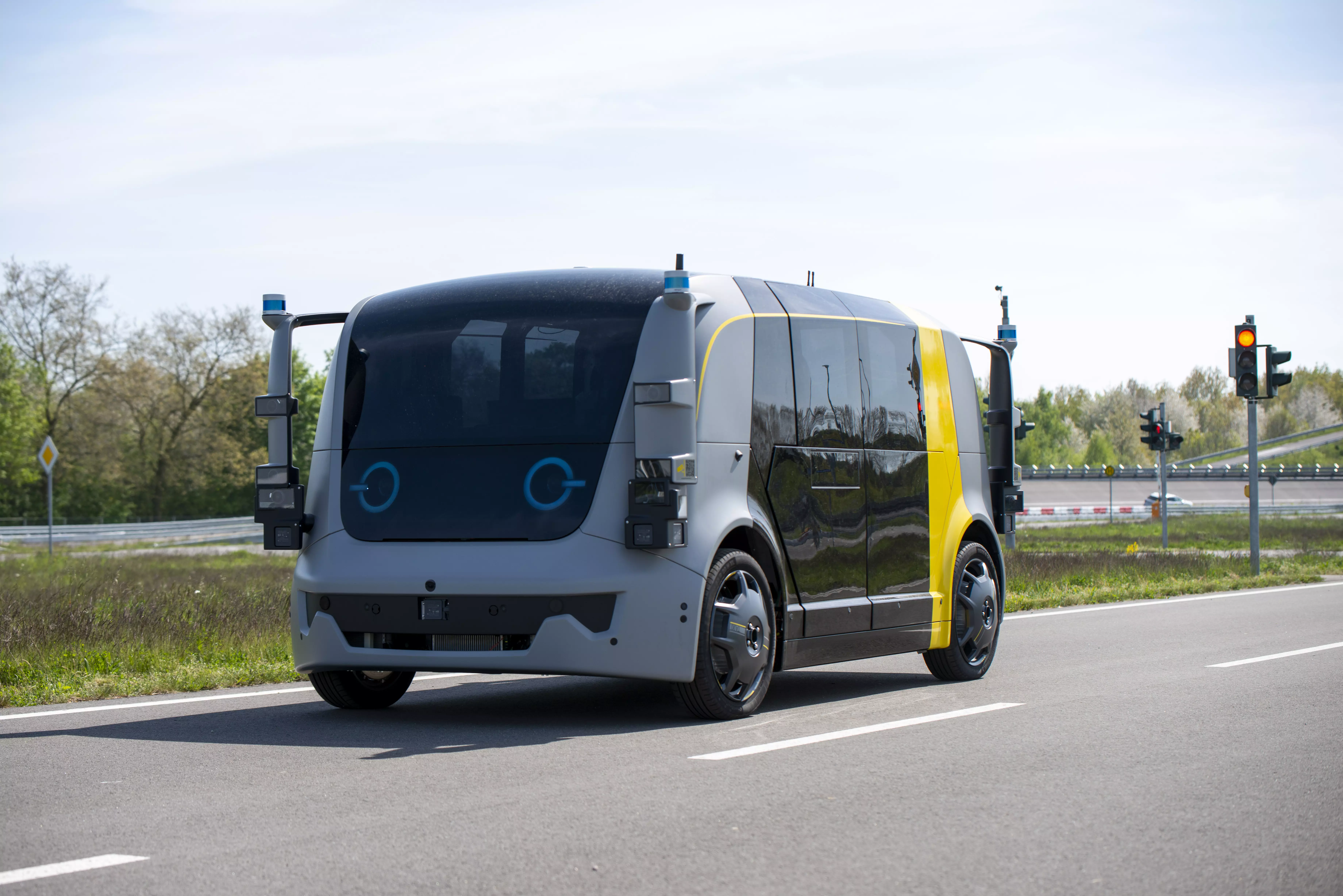
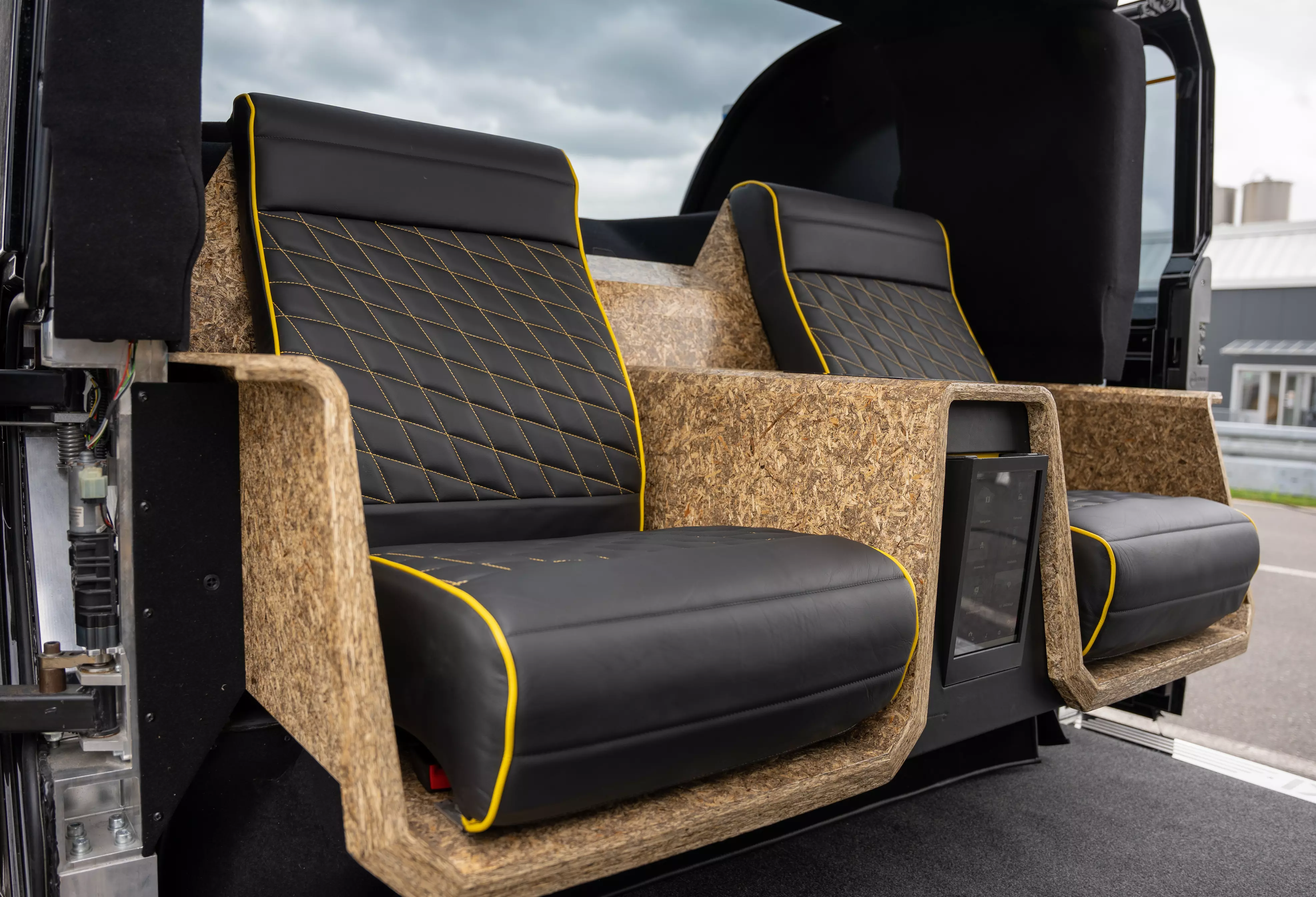
![[Sketch: autoELF]](/images/prototypes/2020-05_auto-elf.jpg)
![[Logo: autoELF]](/images/prototypes/logo-auto-elf.svg)

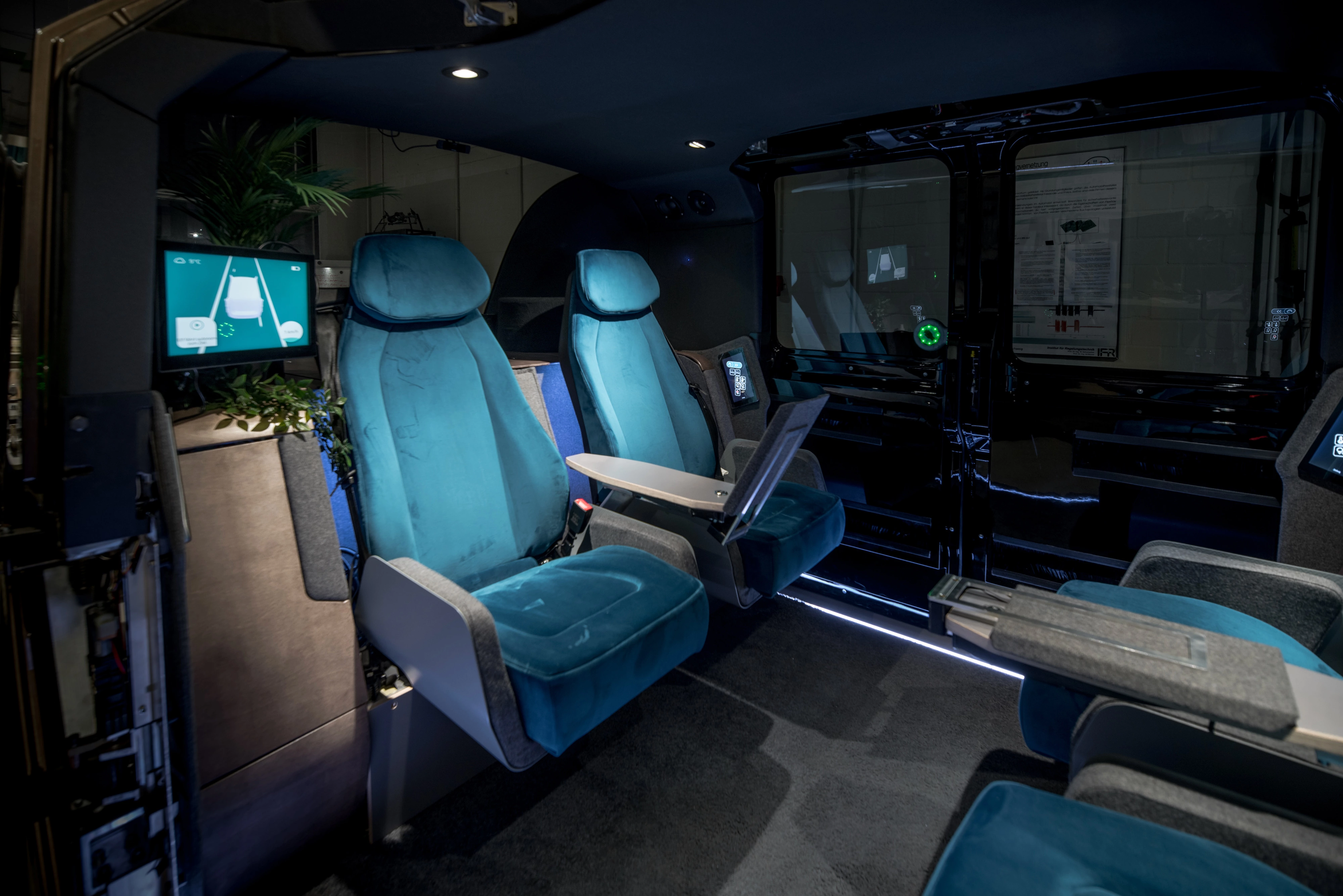
![[Sketch: autoSHUTTLE]](/images/prototypes/2020-05_auto-shuttle.jpg)
![[Logo: autoSHUTTLE]](/images/prototypes/logo-auto-shuttle.svg)
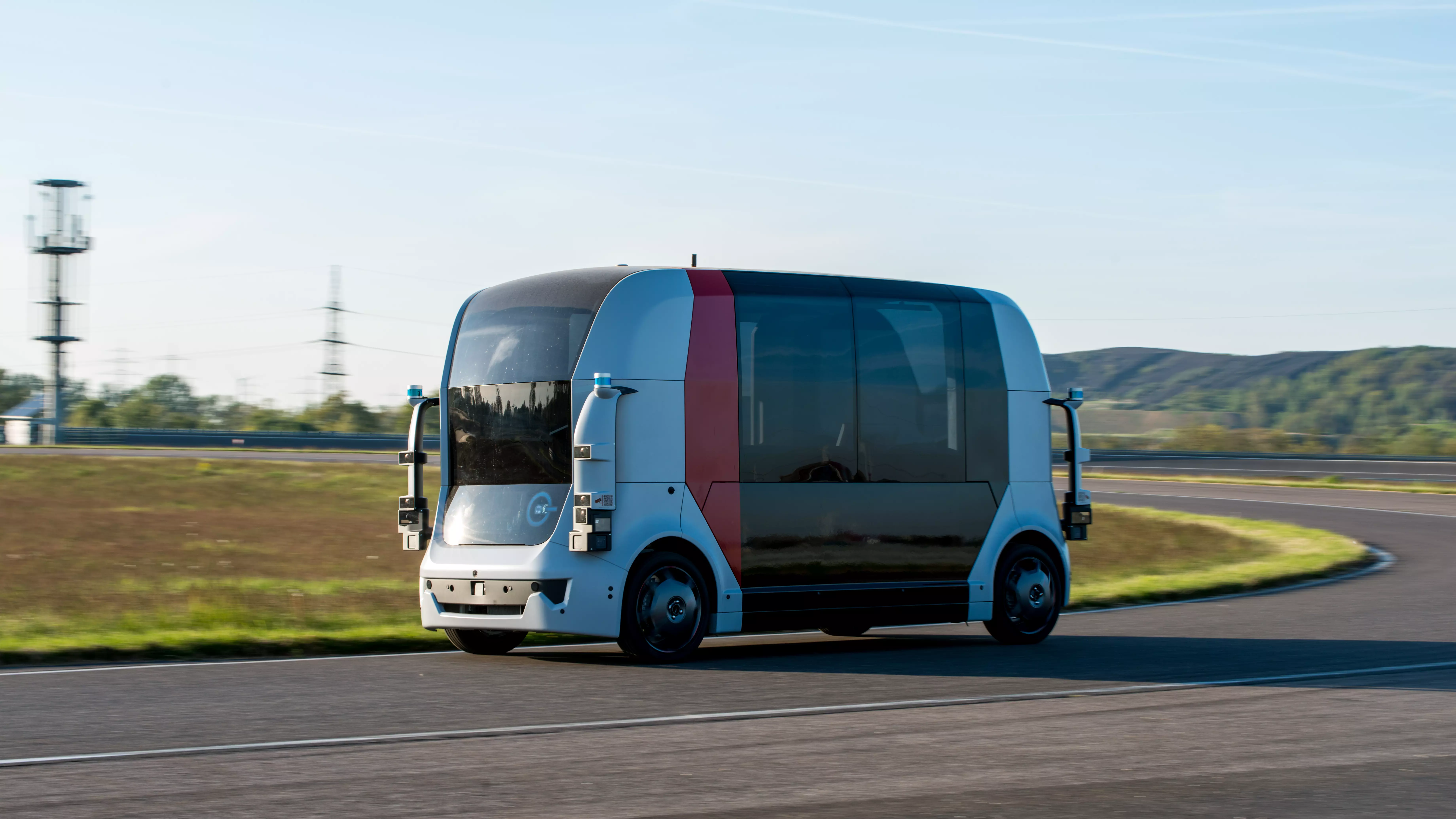
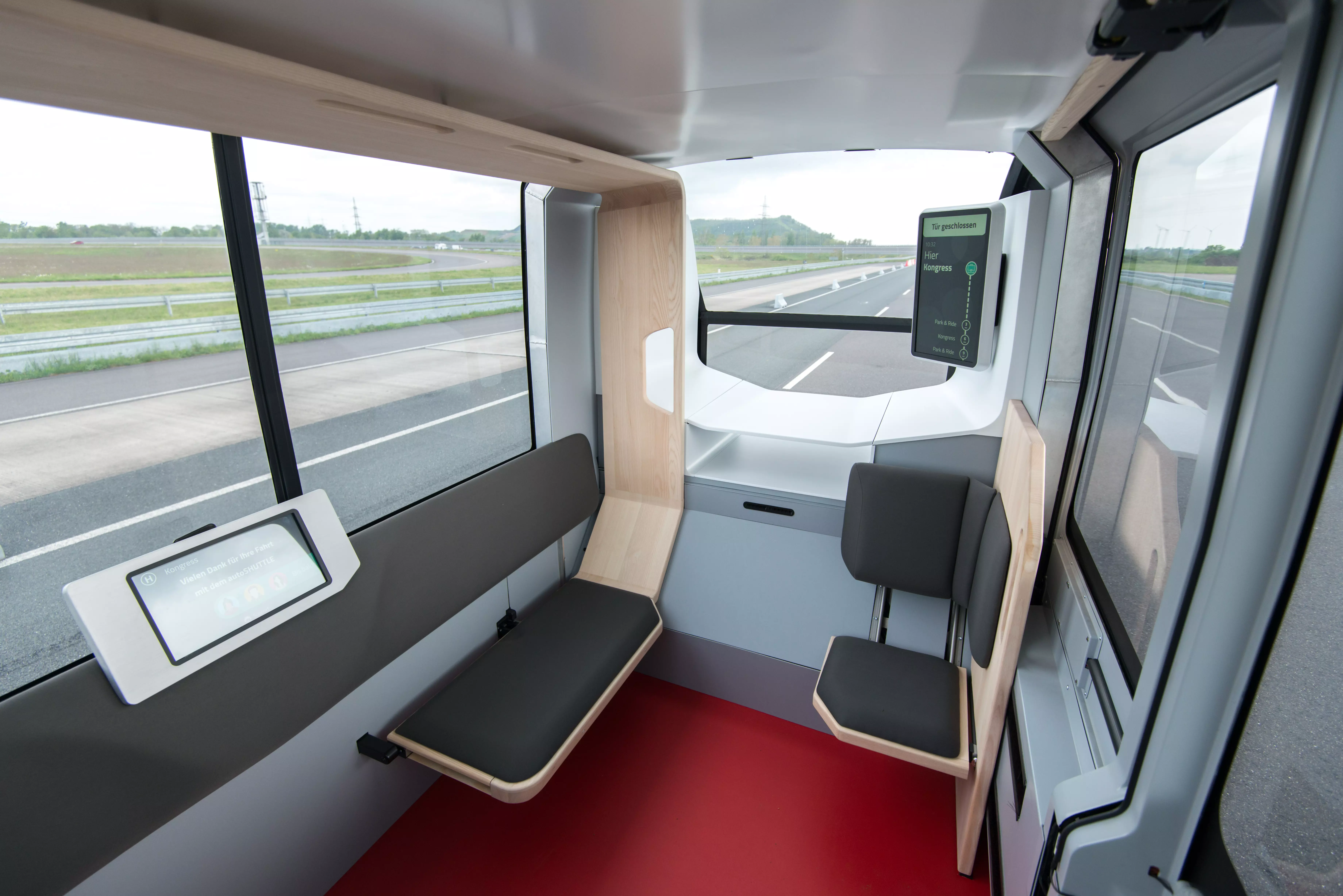
![[Sketch: autoCARGO]](/images/prototypes/2020-05_auto-cargo.jpg)
![[Logo: autoCARGO]](/images/prototypes/logo-auto-cargo.svg)
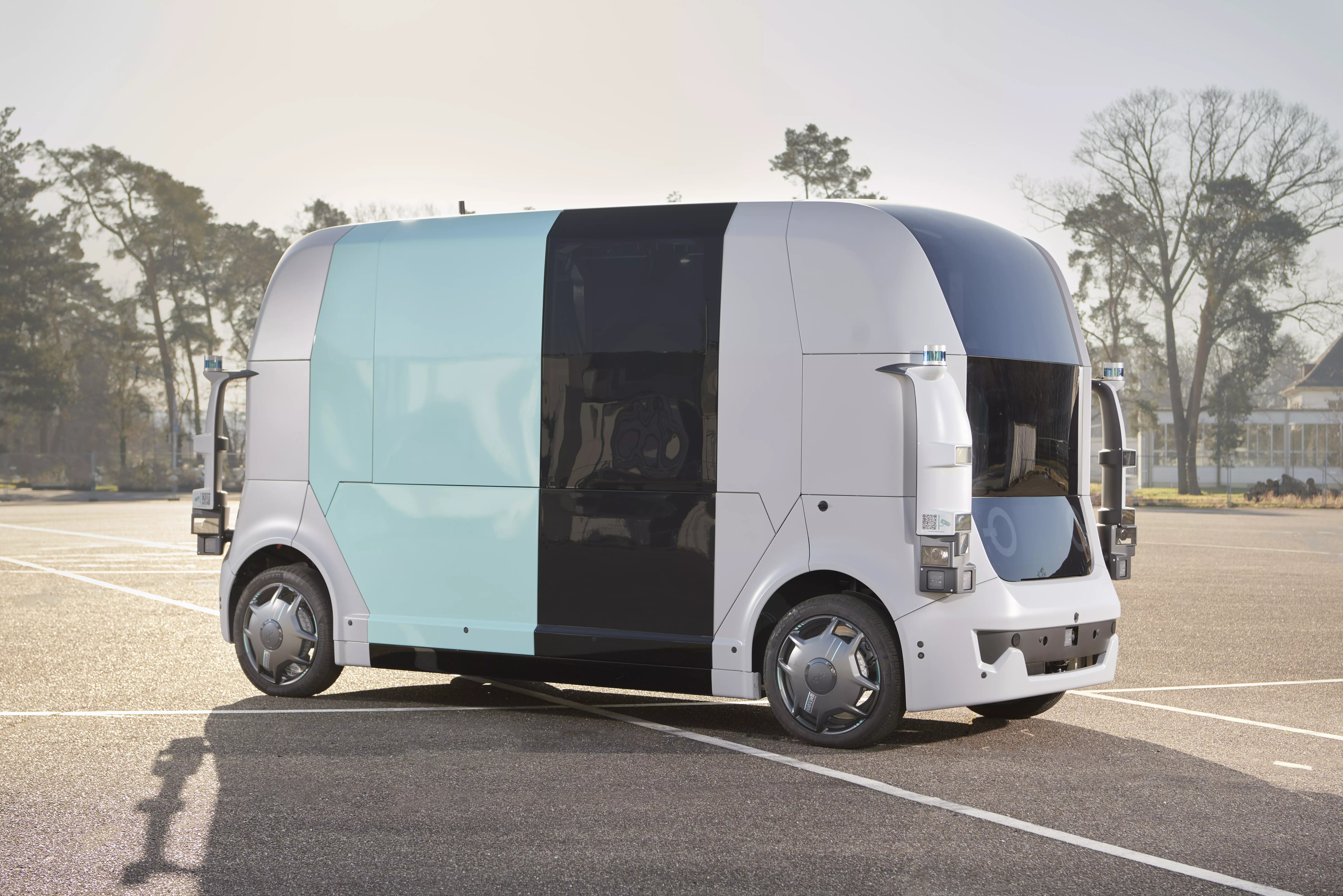
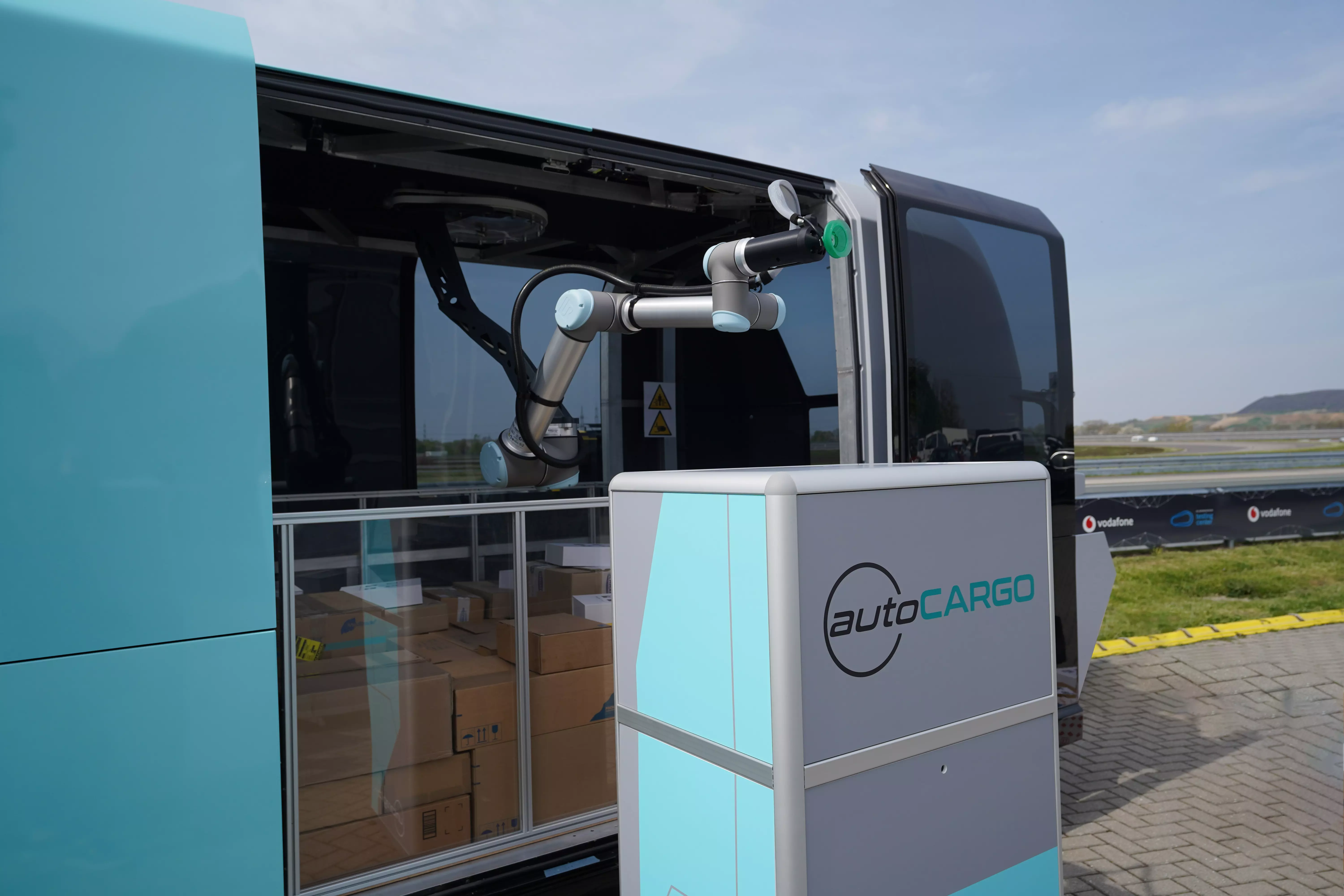
![[Logo: BMBF]](/images/logo-bmbf-en.svg)